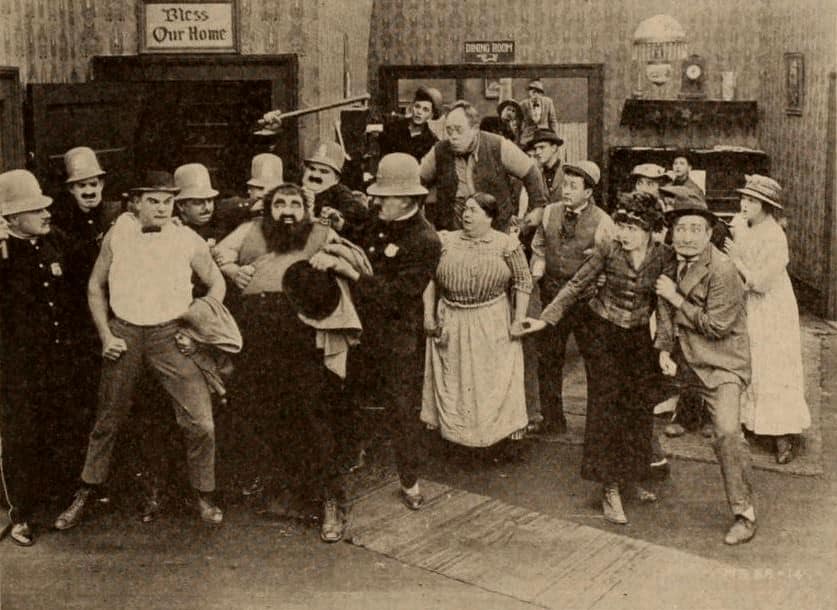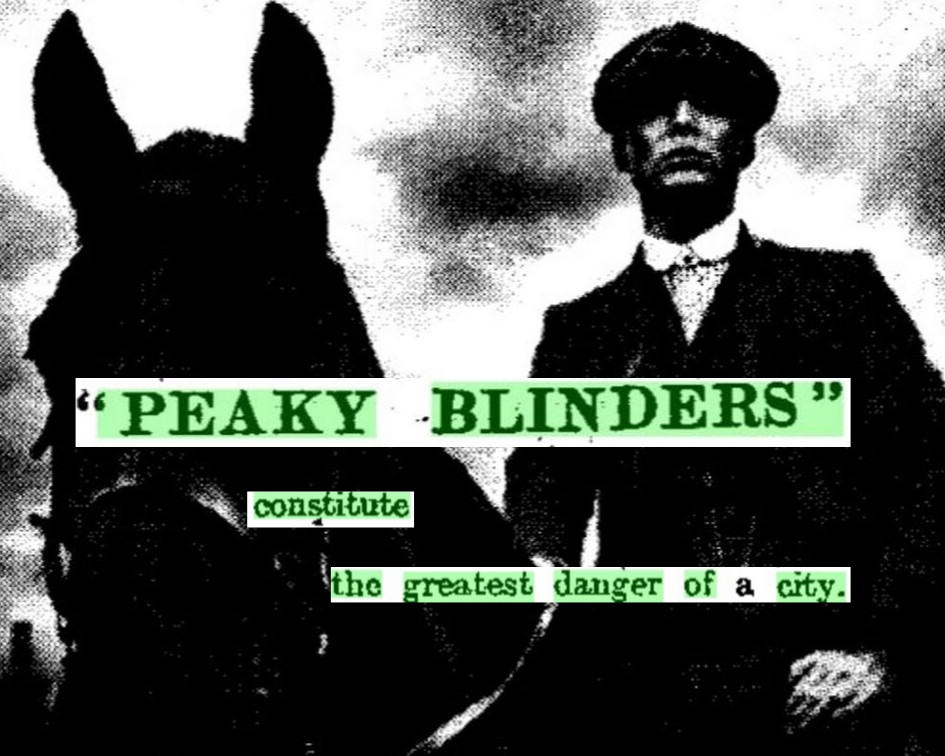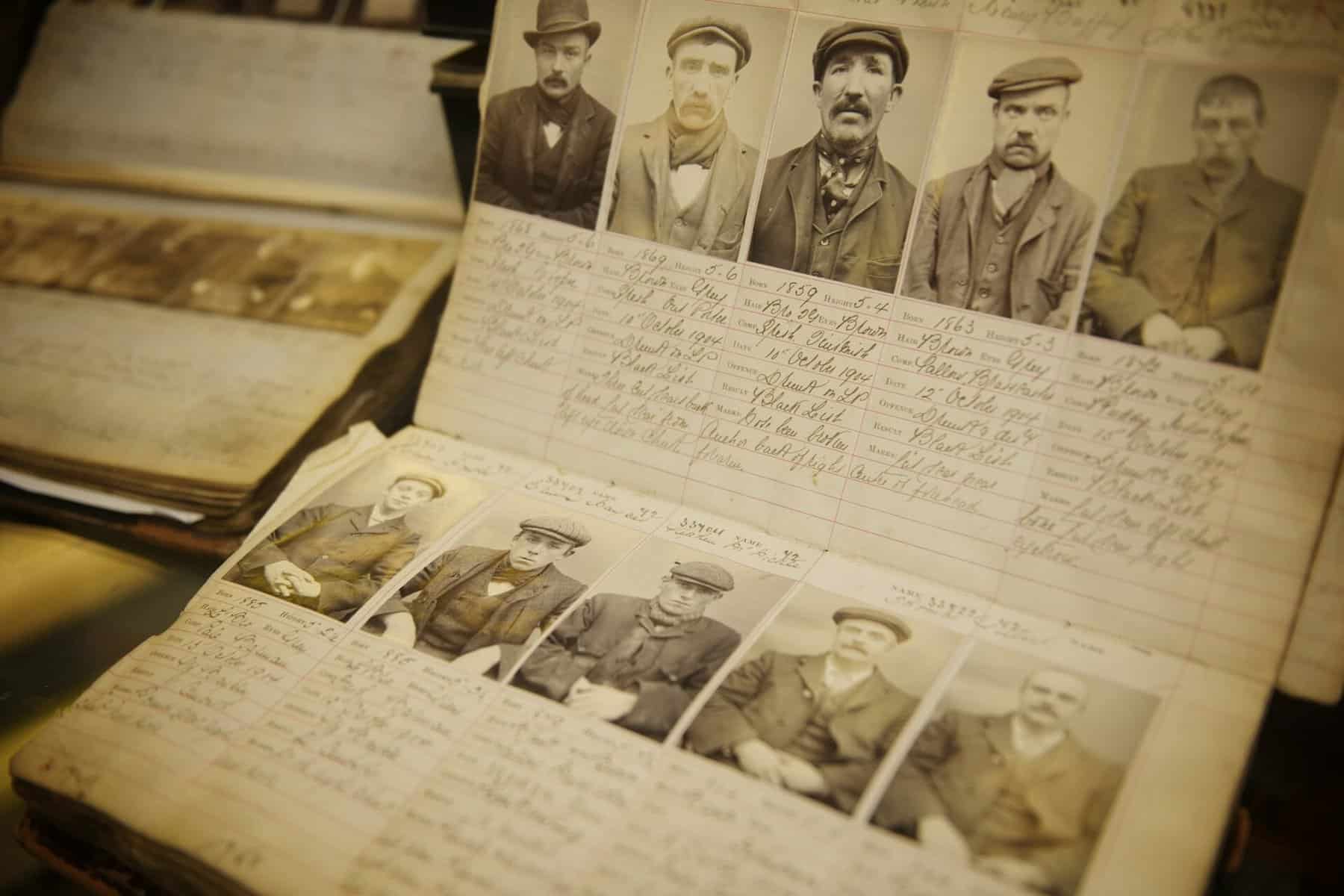│by Matthew Trenholm, Gale Ambassador at the University of Exeter│
Everyone loves a villain. From Robin Hood to the Peaky Blinders, criminality has long captured the imagination of the British public, with the misdeeds of the real outlaws often swept under the rug. (For an engaging piece about the historical accuracy of the TV show Peaky Blinders, check out this blog post by my fellow Gale Ambassador, Emily Priest – it’s great!) American organised crime enjoyed a “golden era” in the 1920s after Prohibition was introduced in 1919. Bootlegging became a big industry in the US as the economy boomed and cultural norms changed. Contemporaries in Britain loved to hear stories of the criminals taking on the law, and this is reflected in the upsurge in coverage of such criminals in the British press.



